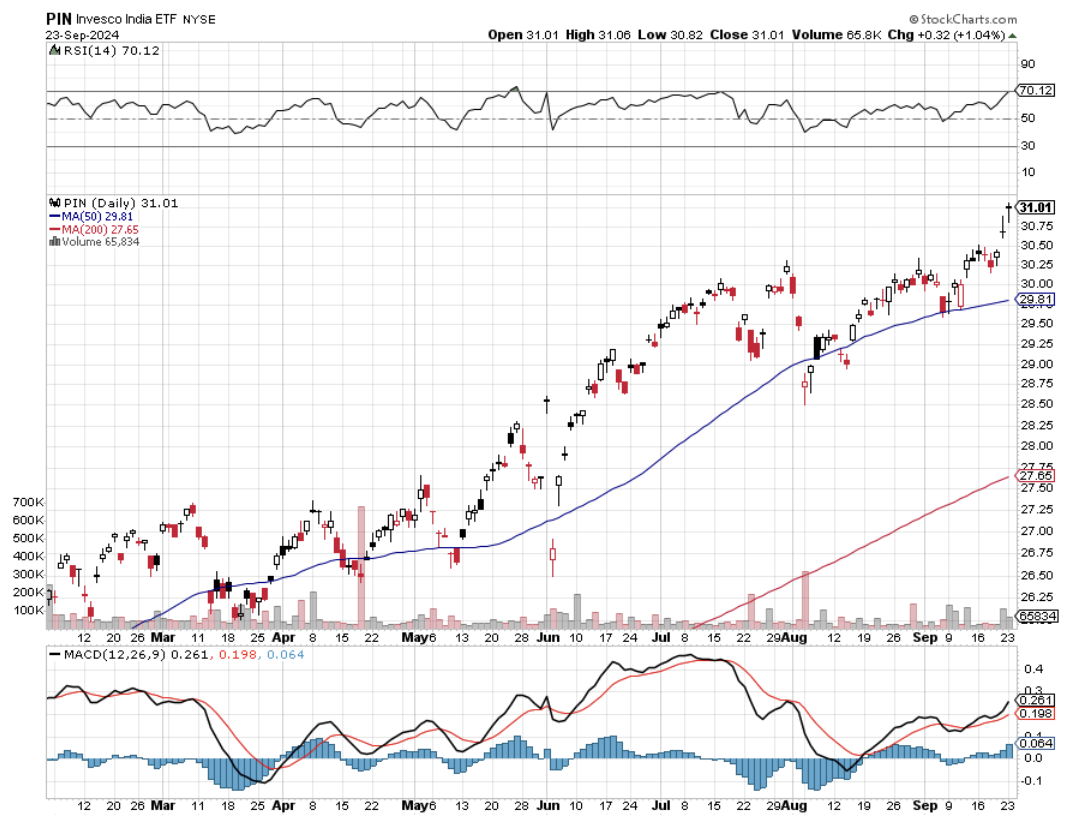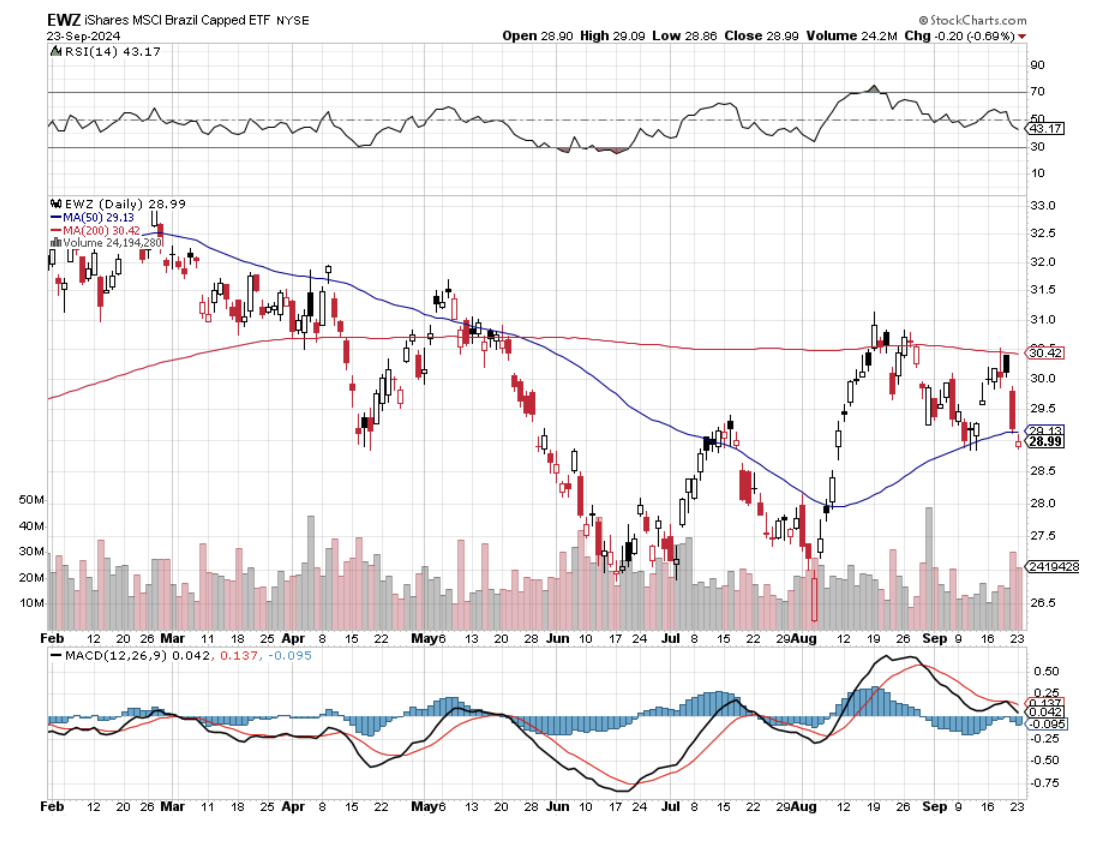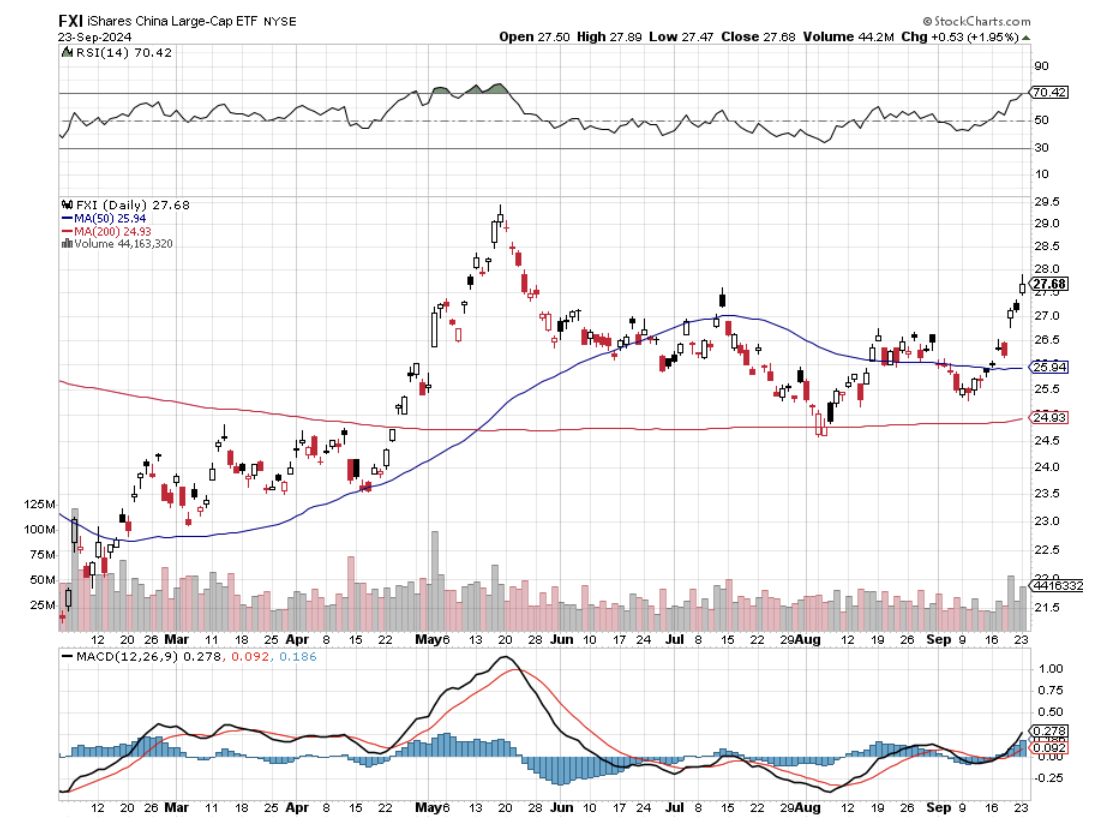I managed to catch a few comments in the distinct northern English accent of Jim O'Neil, the fabled analyst who invented the “BRIC” term, and who was later kicked upstairs to the chairman's seat at Goldman Sachs International (GS) in London.
Now that the US dollar is in free fall, Jim thinks that it is still the early days for the space, and that these countries have another ten years of high growth ahead of them. As I have been pushing emerging markets all year, this is music to my ears.
By 2030, the combined GDP of these emerging markets, Brazil (EWZ), India (PIN), and China (FXI), will match that of the US. The “BRIC” term is no longer used because the Ukraine War has made Russia the Pariah of international investment.
China alone will reach two-thirds of the American figure for gross domestic product. All that requires is for China to maintain a steady 5% annual growth rate for six more years, the official Beijing forecast, while the US plods along at an arthritic 3.0% rate. China's most recent quarterly growth rate came in at low single digits.
“BRIC” almost became the “RIC” when O'Neil was formulating his strategy two decades ago. Conservative Brazilian businessmen were convinced that the then-newly elected Luiz Ignacio Lula da Silva would wreck the country with his socialist ways.
He ignored them and Brazil became the top-performing market of the G-20 since 2000. An independent central bank that adopted a strategy of inflation targeting was transformative.
This is not to say that you should rush out and load up on emerging markets tomorrow, as they are still being weighed down by weak commodity prices. This will go away.
American big-cap technology stocks are the flavor of the day, and as long as this is the case, emerging markets will continue to blend in with the wallpaper. Still, with growth rates triple or quadruple our own, they will not stay “resting” for long.








